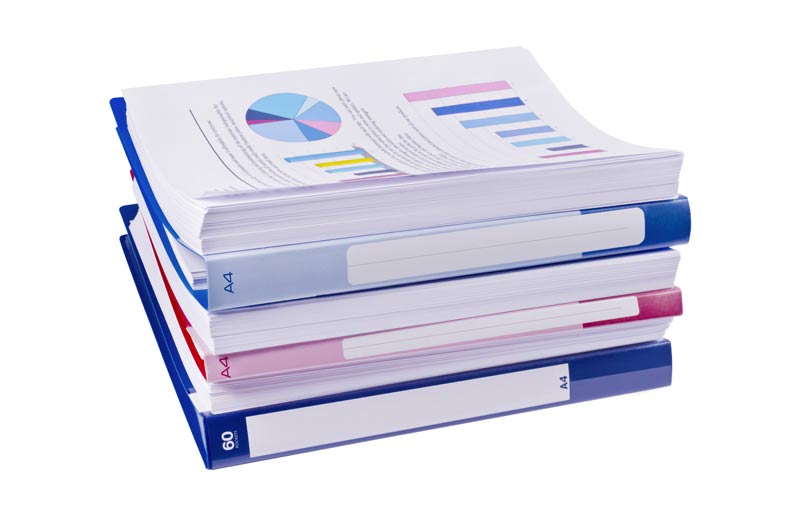

Proposed expansion of communication of key audit matters in the auditor’s report
The Auditing and Assurance Standards Board (AASB) recently issued requirements for auditors to communicate key audit matters (KAM) for audits of entities listed on the Toronto Stock Exchange (TSX), other than investment funds, effective December 15, 2020. The AASB is now proposing to expand the requirements for auditors to communicate KAM to other listed entities and all investment funds.
Background
A key enhancement to the auditor’s report introduced by the AASB in 2017 was a new section to communicate KAM. KAM are those matters that, in the auditor’s judgment, were of most significance in the audit of the current period financial statements. Based on input from stakeholders -- and the U.S. Public Company Accounting Oversight Board (PCAOB) not having finalized a new auditor reporting standard -- the AASB decided that it was not appropriate at that time to require communication of KAM for any specific entities. They determined that the auditor should communicate KAM when the auditor is required by law or regulation, or decides to do so.
Recent developments
With the PCAOB finalizing its process, in late 2017, to introduce a new form of auditor’s report that includes communicating critical audit matters, the AASB is now moving forward to finalize the scope and timing of its requirements to communicate KAM.
Some important factors in this process include:
- how to best obtain the benefits of increased transparency about the audit through communication of KAM
- how to recognize the close integration of the Canadian and U.S. capital markets
- aligning Canadian standards with international auditor reporting standards that require communication of KAM for audits of listed entities
- whether or not to require communication of KAM for audits of investment funds and avoid the potentially inconsistent reporting that might arise if there are different requirements to communicate KAM, as between listed and unlisted investment funds
- determining whether and, if so, when, to require communication of KAM for audits of entities listed on exchanges other than the TSX, particularly the TSX Venture Exchange
The exposure draft
The AASB’s exposure draft addresses the above factors and concludes that it is time to finalize requirements for communication of KAM. This will provide certainty for stakeholders and avoid multiple incremental changes to requirements that may be disruptive for investors, auditors, audit committees and management.
The proposals mean that audits of entities listed on the TSX Venture Exchange, Canadian Securities Exchange, Aequitas NEO Exchange and all investment funds that are required to comply with National Instrument (NI) 81-106, Investment Fund Continuous Disclosure, will now be covered by the requirements to communicate KAM for financial statement periods ending on or after December 15, 2021. NI 81-106 applies to listed and unlisted mutual funds, closed-end funds and exchange-traded funds (although there may be some provincial variations).
Keep the conversation going
The AASB’s auditor reporting project has been long and complex. As the AASB moves to draw this stage of the project to a close, Canadian stakeholders will want to have their say.
Post a comment below or email me directly.
Conversations about Audit Quality is designed to create an exchange of ideas on global audit quality developments and issues and their impact in Canada.
Disclaimer
The views and opinions expressed in this article are those of the author and do not necessarily reflect that of CPA Canada.